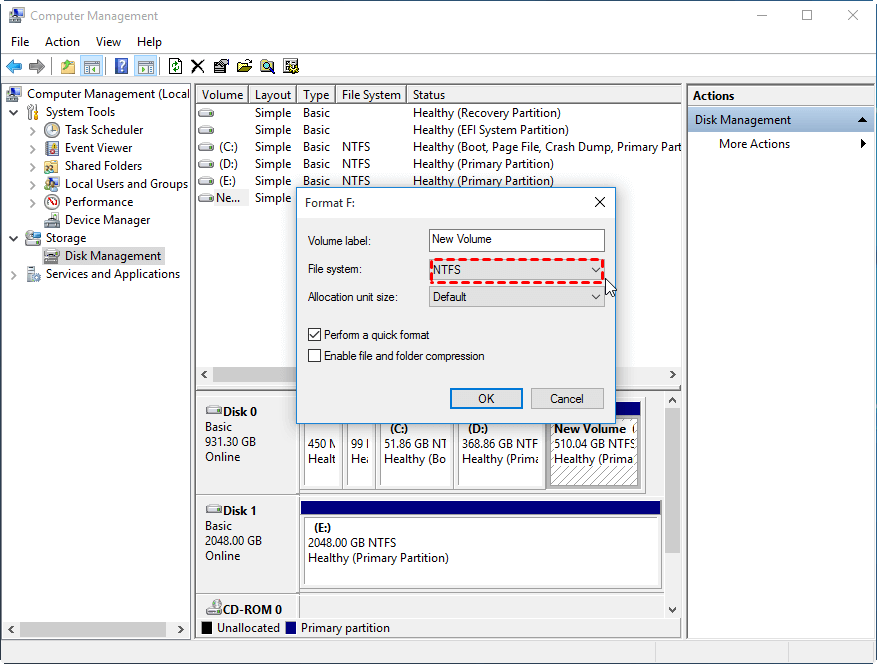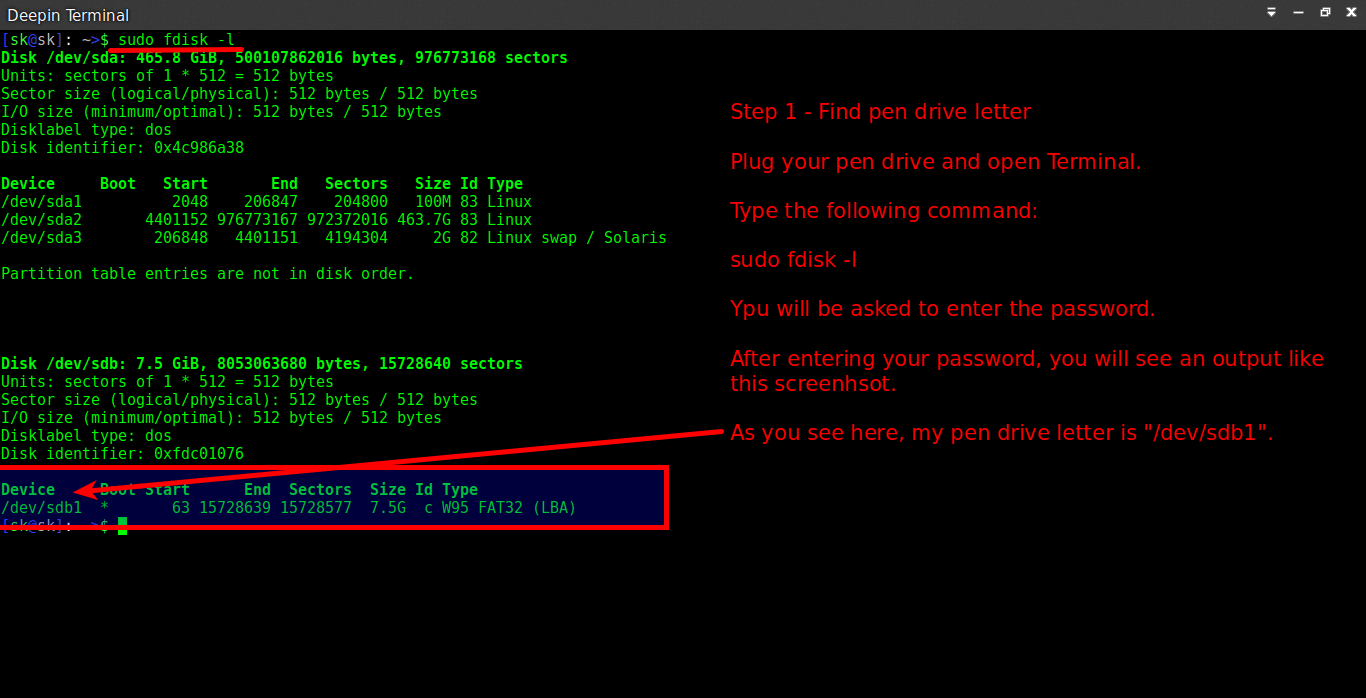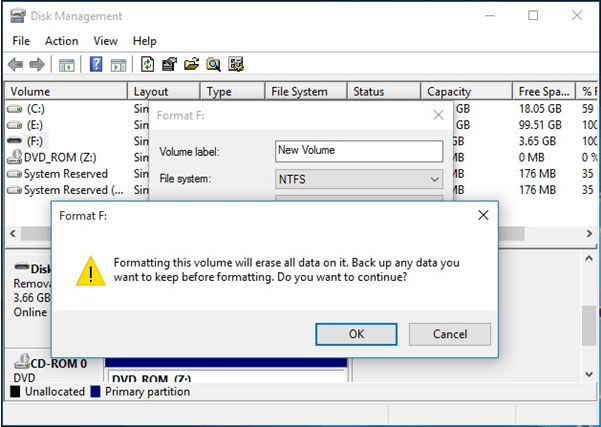

- #Ntfs format usb how to
- #Ntfs format usb install
- #Ntfs format usb windows 10
- #Ntfs format usb Pc
- #Ntfs format usb windows
How To Fix DiskPart Has Encountered An Error – Solved.
Type select disk * (* represents the disk number of your USB drive) and press Enter. Choose Run as administrator from the context menu. Right click on Command Prompt from the search result. Type cmd into the search box on taskbar.  The first step is also connecting your drive to the computer. If the first method doesn't work, you can try to use Command Prompt tool to format your USB drive.
The first step is also connecting your drive to the computer. If the first method doesn't work, you can try to use Command Prompt tool to format your USB drive. Windows Explorer Needs To Be Restarted: Problem Solved.
Once the process is done, please try to format your drive by using Disk Management or a USB format tool. Navigate to your USB drive and right click on it. Connect the drive to your computer and open File Explore (previously called Windows Explorer). It scans the drive, trying to find the possible errors and try to fix it automatically. Windows provides you with a feature to check any drives for errors. Please note that all the following steps are completed in Windows 10. Before starting to fix the unable to format pen drive error, you should backup data in the USB drive/pen drive in case of any unexpected accidents. Please make sure your USB drive is not write-protected and then follow the methods below to solve the problem. Cannot format, USB drive write protected. Windows was unable to complete the format. You are likely to see the following error messages that indicate the format did not complete successfully: But don’t worry I’ll show you how to fix the problem in different ways. This is an issue happened to many USB drive users. But the problem is: some people said they were unable to format USB. When you don’t need the data saved on USB or when you are not satisfied with the file system of USB drive, you may format the drive. It is easy to carry a USB drive around, so a lot of people choose to save their personal data or frequently used business data in a USB drive. Yet, there is a problem that has bothered many people: Windows was unable to format USB drive. People like to save frequently used data in their USB drive and carry it with them everywhere they go. Step 8: Type assign to create a drive letter to the flash drive.USB drive becomes more and more popular due to its portability. If you prefer other file system formats, change the command ntfs to the desired one such as fat32, exfat, etc. 
Step 7: After diskpart successfully created the specified partition, type format fs=ntfs and press "Enter". Step 6: Type create partition primary and press "Enter".

Step 4: Now type select disk 2 and press "Enter". According to the list disk information, check which disk is your USB flash drive. Step 3: Type list disk and press "Enter". Step 2: On the Command Prompt window, type diskpart and press "Enter". Right-click on it and choose "Run as administrator". Step 1: Type cmd in the search box, then you can get the best match called Command Prompt.
(The following steps are performed on Windows 10 PC.) Altogether, you'll walk through the whole formatting process in eight steps, and the time spent will depend on the USB flash drive capacity and used space on it.For your information, any form of disk formatting will completely erase data, so backup as many as important files before the start.So here comes the question, how to format a USB flash drive? This page mainly illustrates how to format a USB flash drive using Windows inbuilt Command Prompt, and the following is the detailed guide you should strictly follow.
By formatting, you can easily fix any USB flash drive, pen drive or memory stick that is write protected, virus infected, corrupted, damaged, unreadable, unrecognized by PC and Mobile.What's more, it's inevitable to develop bad sectors or corruption issues on a specified flash drive after a long-time use.The truth is that no matter what drive you're using, it must have a valid file system so that Windows can recognize it and put it to use.Yes, they are removable storage devices such as USB flash drive. Meanwhile, there are many other types of prevailing devices with more flexible features for different purposes.
The storage devices that are widely used nowadays are typically HDDs and SSDs, which are always set up on a PC/Mac to install the operating system and store data files. How to Format USB Flash Drive from Command Prompt








 0 kommentar(er)
0 kommentar(er)
